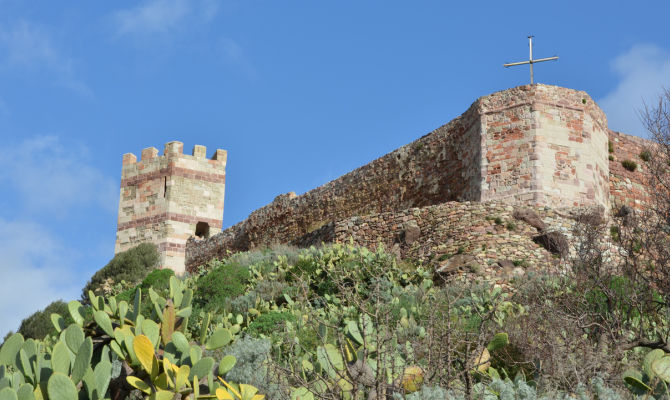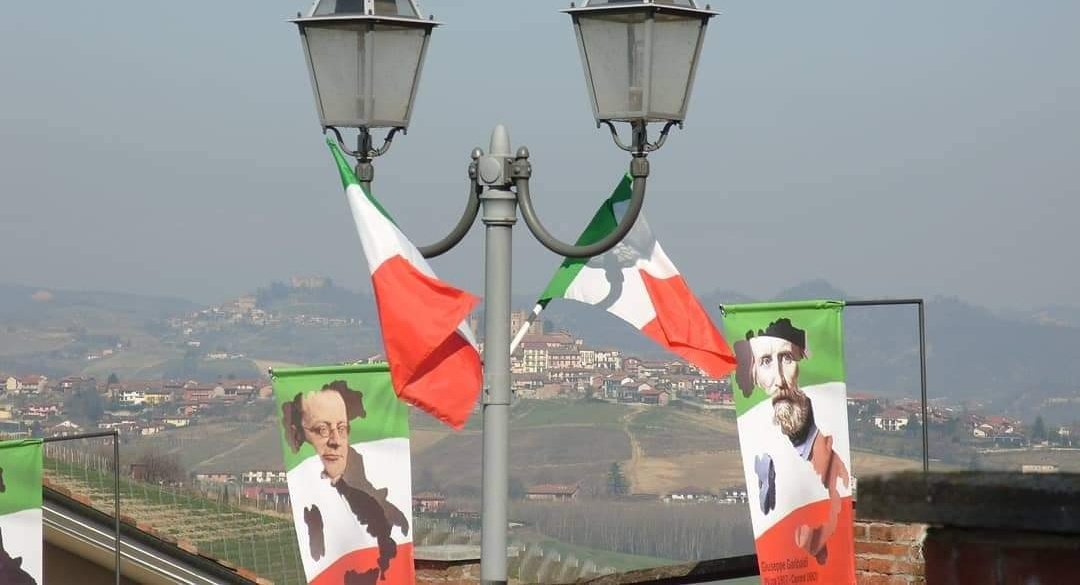
**SARDINIAN MARRIAGE TRADITIONS💐**
These information are taken by La Marmora, who wrote about them in 1838.
📸 Traditional marriage in Selargius (Cagliari) #Sardinia
These information are taken by La Marmora, who wrote about them in 1838.
📸 Traditional marriage in Selargius (Cagliari) #Sardinia

The ritual isn't limited to the day of the marriage but it starts with the request of the groom to the family of the bride. The groom's father would visit the bride's family and start a ritual request. He asks whether they have a nice cow to give him. The family therefore starts
-bringing ahead all the children, asking if that's what he's searching. At last, they bring ahead the bride who acts reluctant. At that point the man would say that's exactly what he was searching for. They agree to a date to exchange gifts.
Another day, the father of the groom-
Another day, the father of the groom-

-and some friends acting as paraninfi (matchmaker) get back to the bride's house and exchange gifts with her.
The final ceremony doesn't always come soon after, because first a new house must be ready. 8 days before the marriage, the groom leads several carts to the bride's -
The final ceremony doesn't always come soon after, because first a new house must be ready. 8 days before the marriage, the groom leads several carts to the bride's -
-house. In fact, the groom provides a house while the bride provides accessories. Together with some friends, the groom loads mattresses, furnishings, kitchen accessories to the carts and they move then to the new house with the bride and her friends. Some boys and girls bring- 

-more fragile objects in caskets on their head.
Once at the house, the groom is the first one to take a mattress and take it to the house. His friends would put up a ritual fight with him and once the mattress is positioned, everyone helps putting everything in place.
Once at the house, the groom is the first one to take a mattress and take it to the house. His friends would put up a ritual fight with him and once the mattress is positioned, everyone helps putting everything in place.
Carts are adorned with flowers, they follow a ritual order which ends with the family's donkey.
The day of the ceremony, the groom reaches the bride's house with a priest of his town and a large following of friends. Once at her house, the bride, dressed in her most elegant --

The day of the ceremony, the groom reaches the bride's house with a priest of his town and a large following of friends. Once at her house, the bride, dressed in her most elegant --


-dress, would beg her mother for her blessing, while on her knees and crying. Then she would be given to a priest of the groom's town (and vice versa the groom to a priest of the bride's) and the procession goes ahead to the church. They would be accompanied by players, people in 

-in their best dresses and plenty of jewels. The ritual in church is a Catholic one.
Afterwards, all the people would reach the newlyweds' house. The procession is opened by the launeddas players, then husband and wife on respective horses, the wife having her own horse groom.
Afterwards, all the people would reach the newlyweds' house. The procession is opened by the launeddas players, then husband and wife on respective horses, the wife having her own horse groom.

Men and women would align behind in two rows. At the entrance of the new house, the husband's mother would throw wheat and salt over the newlyweds, the so called gratzia (some time the dish where it's held is also broken).
The wife gets down the horse with the help of a little-
The wife gets down the horse with the help of a little-

-stool and she walks to the bedroom. At the entrance, the husband's mother would throw water on the ground in front of her. Then would follow a cheerful feast with plenty of food and Sardinian traditional dances.
Some details can vary from place to place. For example, --
Some details can vary from place to place. For example, --

-in Selargius there's a tradition of linking husband and wife through a big chain ⬇️ But it's also thought to be a modern contamination: this kind of chains was in fact used by women only to hold their aprons in everyday life. 

Traditional ceremonies are still held somewhere, like in Selargius, Santadi and Nuoro, but often times they're just folklorist events, 'spectacularised' for the tourist's eye and spread also false information (Santadi, I'm looking at you 👀🤦🏻♀️) 





Most of the pictures come from the modern ritual in Selargius, which should be the most faithful one, even if its modern form (the folklorist event) is of last century. 

Must be added that Despine, Intendant in 1858's Cuglieri, talked about the tradition of "escaping to the vineyards", that is a puritan way of saying consuming the marriage without ceremony. This was done by poor people who couldn't afford days of feasts. This also reminds me of-
-medieval rituals, where celebration of the priest wasn't necessary for a marriage to be official.
• • •
Missing some Tweet in this thread? You can try to
force a refresh


















